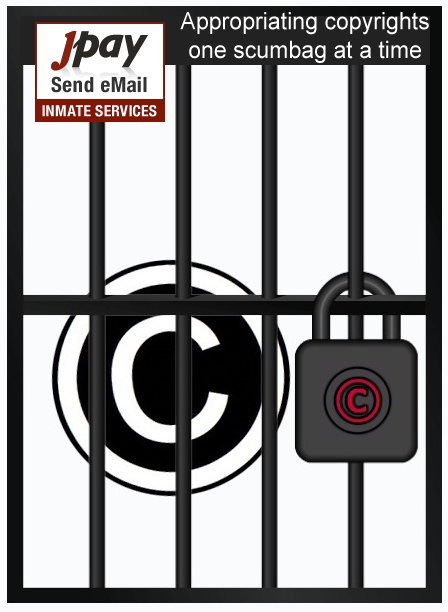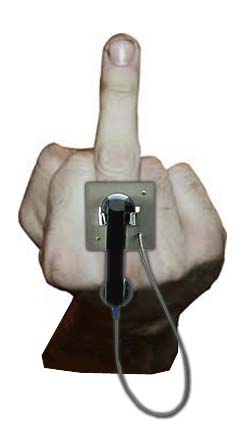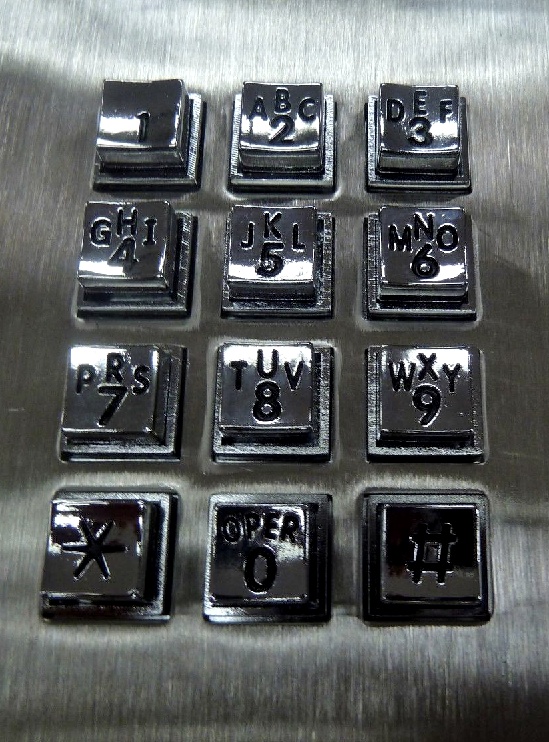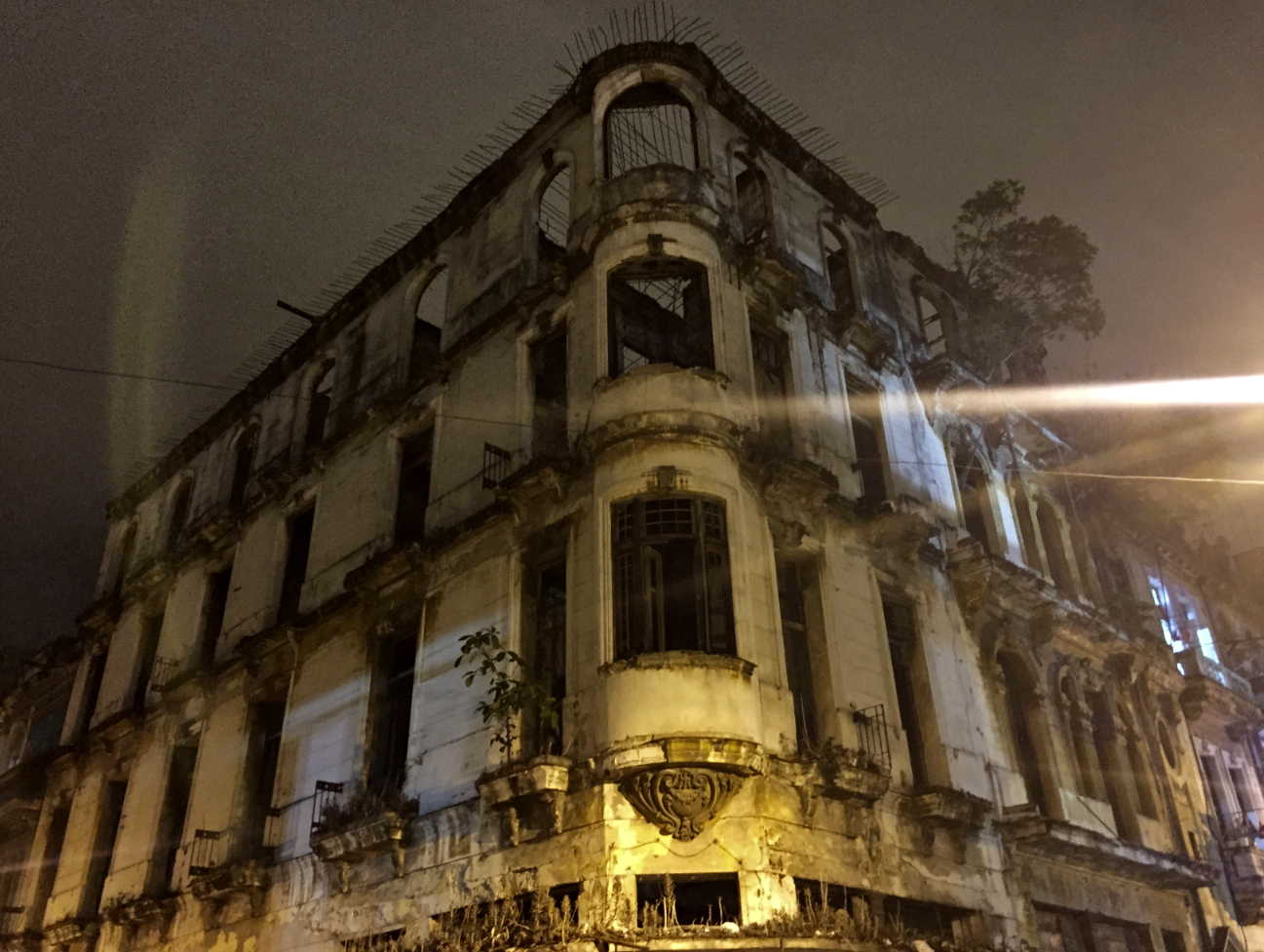 I may have returned from Cuba a more informed tourist, but I remain a clumsy narrator, for I’ve experienced more than I know how to process at once.
I may have returned from Cuba a more informed tourist, but I remain a clumsy narrator, for I’ve experienced more than I know how to process at once.
So, with my eye ever on excuses (and a reliance on my iPhone camera for more complete coverage), I’ll just jump right in.
Our casa particular was in Habana Centro, the most densely populated district in the city of Havana, where much of life is spent where the action is: right outside the building in which one lives. Street sports like handball, self-regulating pet and child care, gossip, singing merchants, colorful laundry 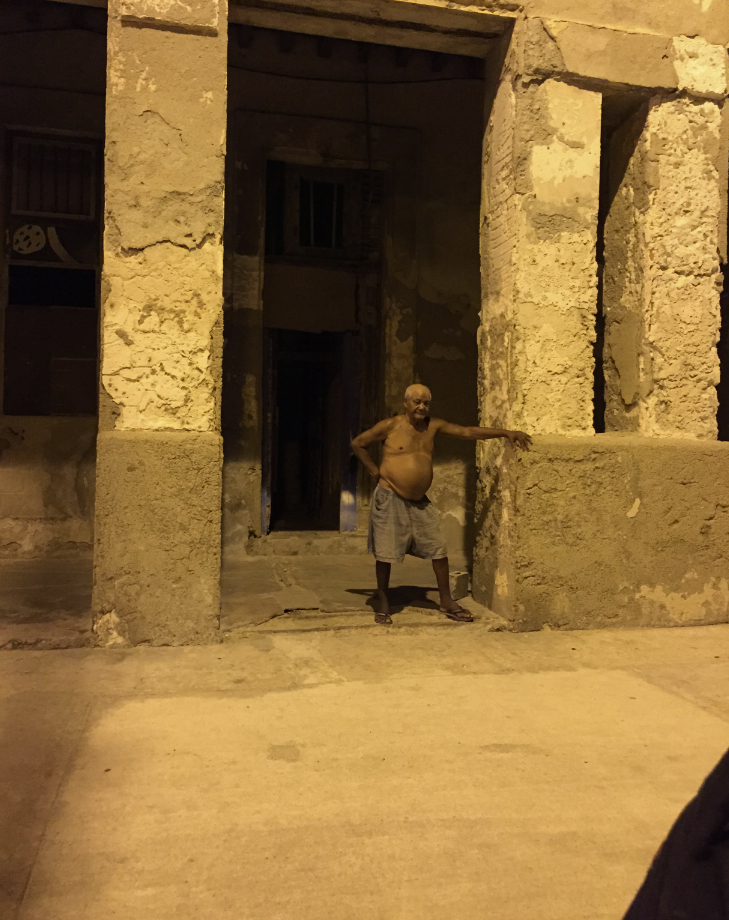 being pinned to decaying balconies, inventive refuse repurposing, prostitution, championship dominoes, and, of course, more vintage Chevy tweaking than outside a Barrett-
being pinned to decaying balconies, inventive refuse repurposing, prostitution, championship dominoes, and, of course, more vintage Chevy tweaking than outside a Barrett-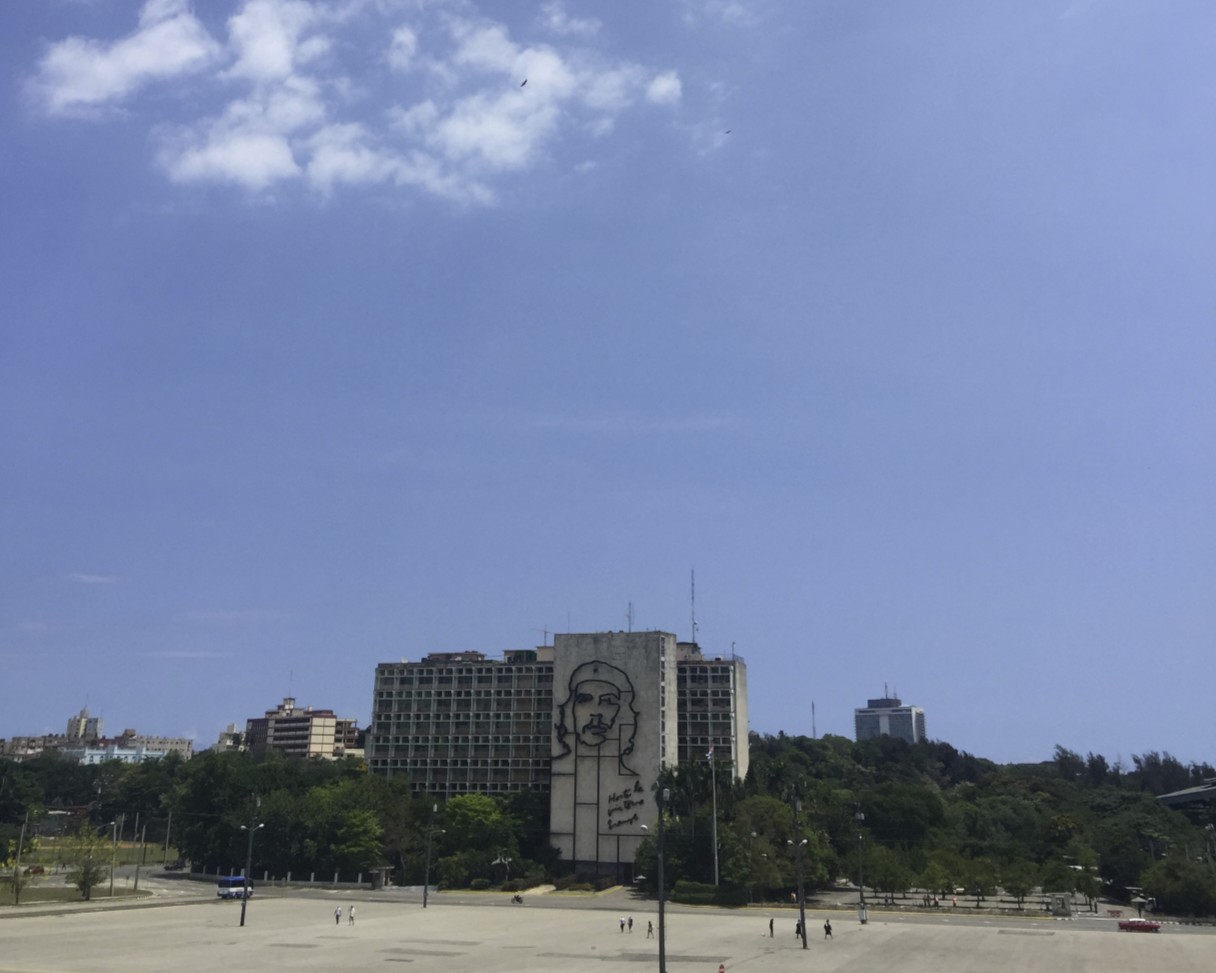 Jackson auction are daily occurrences, rain or shine. Drivers use their horns in polite little taps to warn pedestrians, slower cars, and ubiquitous bicycle taxis that they’re approaching from behind, because walking in the middle of the narrow streets is necessary – and not because the city lacks sidewalks. This is about Darwinian natural selection: misshapen rebar barely clinging to crumbles of concrete isn’t just a photo op, it’s a reminder that falling chunks of rotting rooftops are common, especially following an afternoon downpour. Our local host was explaining this to my wife when a basketball sized slab of wall proved his point a few feet away.
Jackson auction are daily occurrences, rain or shine. Drivers use their horns in polite little taps to warn pedestrians, slower cars, and ubiquitous bicycle taxis that they’re approaching from behind, because walking in the middle of the narrow streets is necessary – and not because the city lacks sidewalks. This is about Darwinian natural selection: misshapen rebar barely clinging to crumbles of concrete isn’t just a photo op, it’s a reminder that falling chunks of rotting rooftops are common, especially following an afternoon downpour. Our local host was explaining this to my wife when a basketball sized slab of wall proved his point a few feet away.



